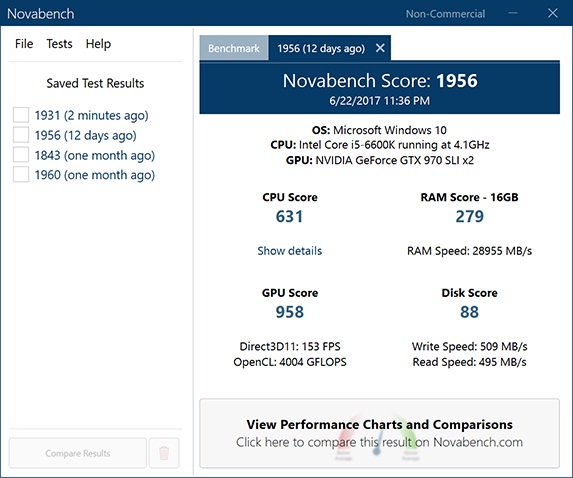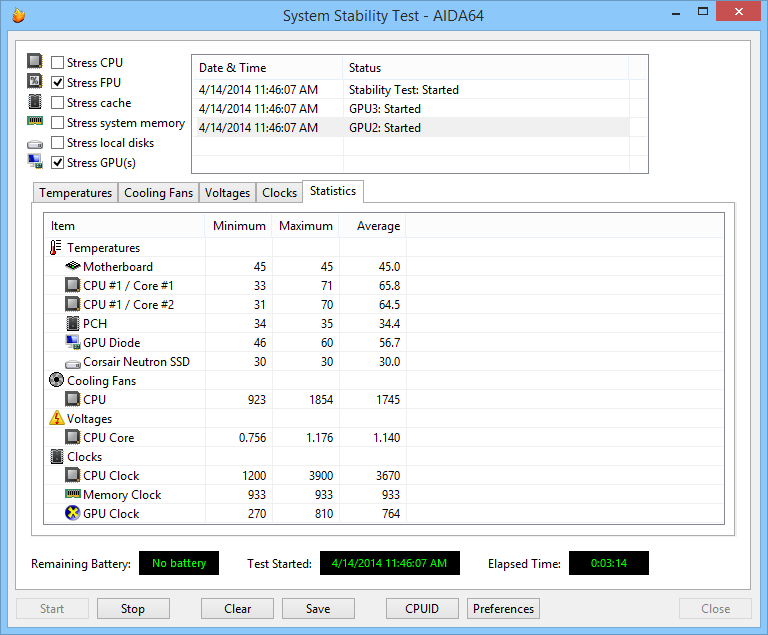

- Good cpu stress test how to#
- Good cpu stress test software#
- Good cpu stress test password#
- Good cpu stress test Pc#
Good cpu stress test Pc#
Stress tests check the stability of your PC by pushing it to the limit. Overclocking a PC can lead to instability, and stress tests aim to catch problems before they occur in actual use. Stress testing is an important tool in your technology maintenance arsenal. You might be wondering why anyone would want to torture a failing CPU in this way, but it’s actually an important part of various aspects of computer development and maintenance. Most real-world tasks, even the ones that push your CPU to 100% capacity, don’t do it in this brutal, sustained way. The end result is a test of your maximum CPU performance. It gives the CPU so many of these difficult math problems that it takes up all of its attention.
Good cpu stress test software#
If your answer is yes after reading the article, please share this article with your friends and family to support us.Ī CPU stress test is a software program specifically designed to give your CPU incredibly difficult tasks.
Good cpu stress test how to#
I hope you guys like this blog, How to Perform stress-test on CPU. Recently I updated this tutorial and will try my best so that you understand this guide. You can also run the x86info command to get an idea of what the VM is seeing from a hardware perspective.This tutorial is about How to Perform stress-test on CPU. If you want to explore more with this tool, you can see that it contains a great number of arguments that can be passed to stress. In the past, I have relied on a few other methods (such as Prime95) that require a bit of configuration leg work. This is a really handy, small sized tool for generating CPU load. In my case, I am simply running this one VM on a test host to demonstrate. You can load up several of these appliances to test for %CSTP, %RDY, or even NUMA issues. You should notice that ESXTOP shows a heafty amount of load going on for that VM.

Where “X” is equal to the number of CPUs to test. Then, answer the series of questions (I usually end up hitting enter to all the defaults).
Good cpu stress test password#
First, make sure to log on as “stress” with a password of “stress”. While the StressLinux VM can do a lot of different tests, I’ll demonstrate the CPU one. Load these up in Converter and convert it into your vSphere environment.īefore you power on the VM, you may want to tweak the number of vCPUs to match a more worthy workload than one. Then, extract that container to find a single VMX and VMDK file. Snag the latest stresslinux file that is listed for “VMware Appliance” with a component type of “vmware”. Even if you already have this tool, make sure you are running the latest version (5.0.1 build 875114) as otherwise you may encounter some application crashing when connecting to a vCenter 5.1.0 server (or at least, I did until I upgraded). Acquiring StressLinuxįortunately for you, the application is available in a pre-assembled VMX file that you can import using the VMware vCenter Converter Standalone Client. Now that you are aware of what it is and what it does, let’s look at how to use it. Stresslinux is dedicated to users who want to test their system(s) entirely on high load and monitoring the health. Stresslinux makes use of some utitlities available on the net like: stress, cpuburn, hddtemp, lm_sensors … Stresslinux is a minimal linux distribution running from a bootable cdrom, usb, vmware or via PXE (wip). However, sometimes I look to another tool for doing some general purpose stress testing: StressLinux ( Download Page).

This is great for doing some heavy benching of various storage workloads of unique sizes and directions. In many of my articles I highlight the use of the VMware I/O Analyzer tool, a small OVA appliance that can be downloaded from the VMware Fling labs area.


 0 kommentar(er)
0 kommentar(er)
